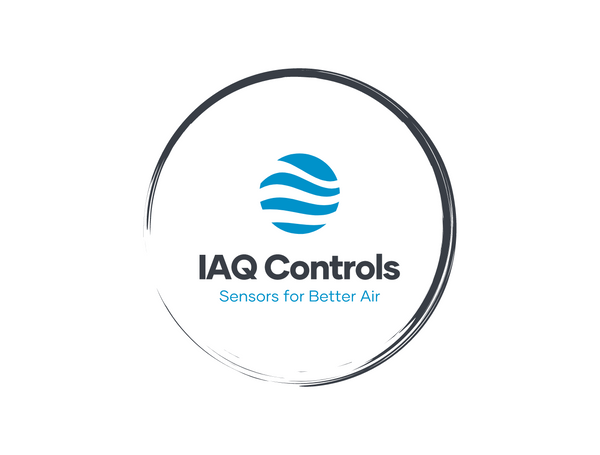When deciding between a TVOC (Total Volatile Organic Compound) sensor and a targeted sensor for a specific VOC, it ultimately depends on what you're aiming to monitor and how precise you want the readings to be.
A TVOC sensor measures the total concentration of volatile organic compounds in the air. It’s a good choice for getting a general sense of air quality, especially if you’re concerned about a variety of VOCs. It can tell you if the overall VOC levels are high, but it won’t give you details about which specific chemicals are present or their exact concentrations.
On the other hand, if you’re worried about a particular VOC, such as formaldehyde, a targeted sensor is likely the better option. These sensors are designed to detect and measure one specific compound, so they can alert you when that substance reaches a dangerous level. For example, formaldehyde is known to cause health problems even at lower concentrations, so having a sensor that focuses on it can help you take action quickly.
In short, if you're only looking for an overall assessment of VOC levels in your space, a TVOC sensor will suffice. However, if you’re dealing with a specific VOC that you know is harmful, like formaldehyde, a targeted sensor will give you more accurate information and allow for a quicker response. It's all about balancing broad detection with targeted precision based on the risks you’re most concerned about.
